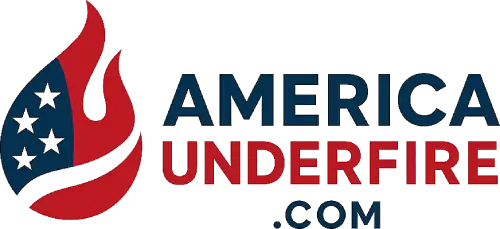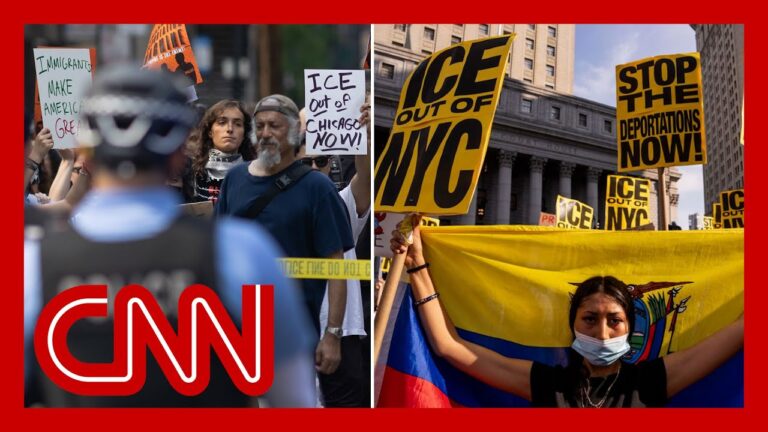Video at the bottom!
In Los Angeles, breaking news revolves around ongoing protests as authorities prepare to announce a potential curfew. The mayor supports this measure, expected to take effect as night falls. Meanwhile, protests are also erupting in New York City and Chicago, with demonstrators voicing opposition to deportations and the actions of ICE.
Live footage from New York shows one of the largest demonstrations in recent times, spanning several blocks where protesters gather to chant slogans like “ICE out of New York City.” Demonstrators, holding flags representing various causes, originally assembled at Foley Square and have since taken to the streets, halting traffic as they make their way toward additional ICE offices.
In Chicago, protesters are demonstrating outside the Federal Courthouse, having marched through iconic areas like Michigan Avenue. A recent incident involving a car clipping some protesters raised concerns, leading to the driver’s arrest. Despite the scale and intensity of the protests, the atmosphere remains largely peaceful.
In Los Angeles, thousands of National Guard troops and Marines have been deployed at President Trump’s insistence, who argues that military presence is necessary to maintain order amidst the protests. While officials contend that much of the protest activity is peaceful, sporadic violence has surfaced, which they attribute to heightened tensions spurred by the administration’s actions regarding immigration.
Concerns are growing over Trump’s military tactics, with critics highlighting the possible politicization of the armed forces. This strategy echoes back to past conflicts and underscores the need for clear civic authority, as currently, the presence of the military is being scrutinized in light of its historical use against civilians.
As the situation continues to develop across these cities, the potential curfew announcement looms, with officials closely monitoring the protests and the sentiments underlying them. Observers note that this unrest may be a pivotal moment in addressing the intersection of political actions, military involvement, and public response to immigration policies.


